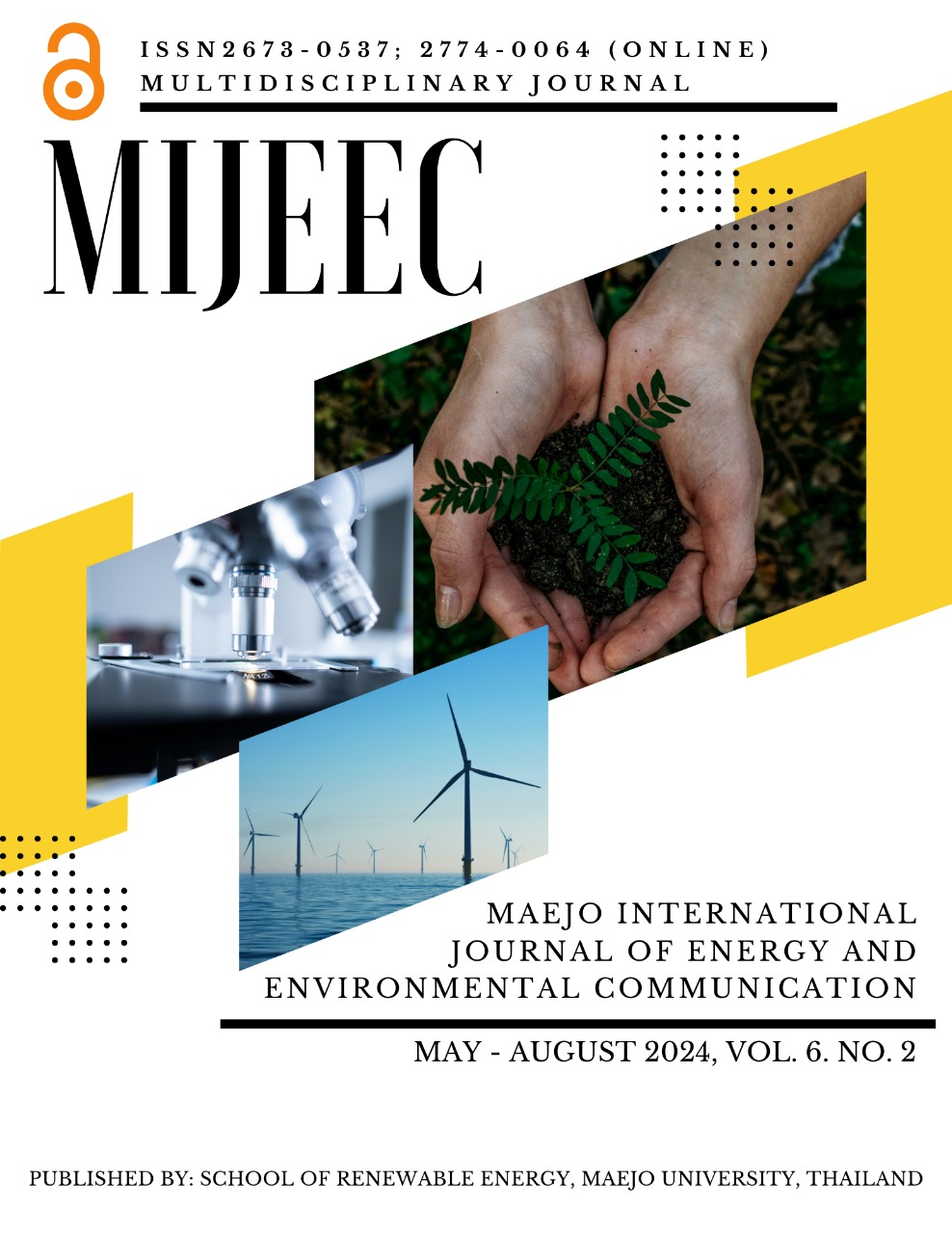Alkaline hydrolysis as a simple method for converting chicken manure fertilizer into feedstock for ectoine production by Halomonas elongata cell factory
Main Article Content
Abstract
Changes in dietary habits in modern-day Japan have led to a significant expansion in the country’s livestock industry. One notable change is the increased consumption of eggs due to their high-quality protein content and affordability. This significantly expanded the poultry industry to the extent that it raised environmental concerns, especially regarding the increased waste production. Major solid waste from the poultry industry is chicken manure (CM), commonly treated through composting into fertilizer. However, there is currently an oversupply of CM fertilizer globally due to a large amount of CM being produced. We address this issue by developing a simple alkaline hydrolysis method to convert the nitrogen-rich CM fertilizer into media for culturing bacterial cell factories. Our result shows that the high-salinity CM-derived media developed here can sustain the growth of Halomonas elongata OUT30018. This moderately halophilic bacterium biosynthesizes and accumulates valuable chemicals such as ectoine (ECT) in the cell. We observed that H. elongata OUT30018 cultured in a CM-derived medium containing 15% w/v NaCl could accumulate 335 μmol of ECT per g cell fresh weight (CFW), a concentration comparable to that obtained in the cells cultured in common synthetic media. Furthermore, this concentration was increased to 393 μmol/g CFW when the CM-derived medium was supplemented with 4% w/v xylose. The work reported here represents the initial stage of developing new technology for managing CM. Implementation of this technology would improve the sustainability of both the poultry and the fermentation industries.
Article Details

This work is licensed under a Creative Commons Attribution-NonCommercial-NoDerivatives 4.0 International License.
Copyright © 2019 MIJEEC - Maejo International Journal of Energy and Environmental Communication, All rights reserved. This is an open-access article distributed under the terms of the Creative Commons Attribution-NonCommercial- Attribution 4.0 International (CC BY 4.0) License






